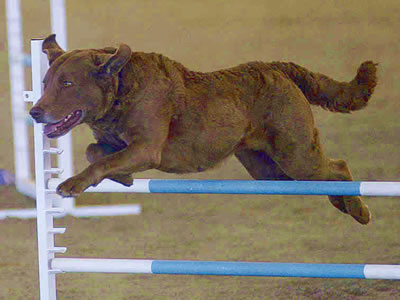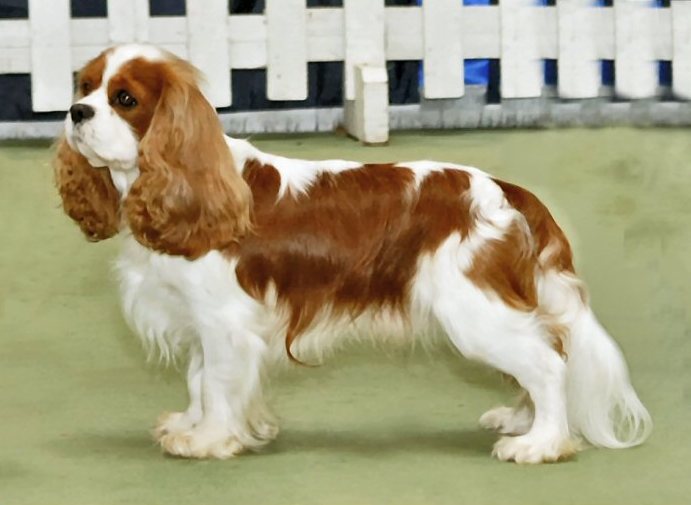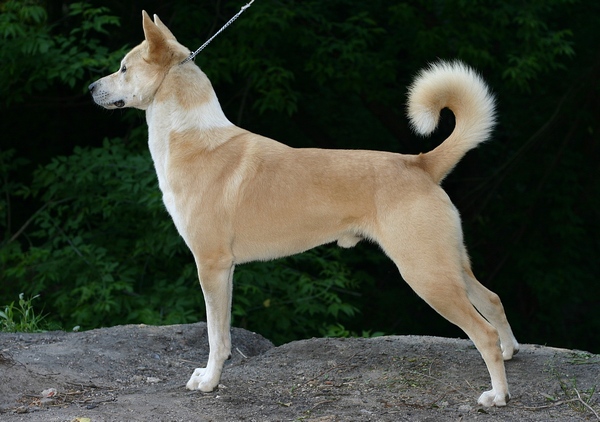
🦆 The Chesapeake Bay Retriever is a proudly American breed, originating in the Chesapeake Bay region of Maryland and Virginia during the early 1800s. Its story begins with two Newfoundland-type dogs—Sailor and Canton—rescued from a shipwreck off the Maryland coast in 1807. These water-loving dogs were later bred with local retrievers, Irish Water Spaniels, and other hunting breeds to create a resilient, intelligent dog built for retrieving waterfowl in icy waters.
Known for their muscular build, wavy waterproof coat, and tenacious work ethic, Chessies became indispensable to market hunters who relied on them to retrieve hundreds of birds a day. In 1964, Maryland honored the breed by naming it the official state dog.
🐾 The Chesapeake Bay Retriever breed standard paints a picture of a rugged, intelligent, and highly capable working dog. Here's a breakdown of the key features:
🧬 General Appearance
Developed to retrieve waterfowl in harsh conditions—ice, wind, and long swims.
Strong, balanced, and powerfully built with moderate size and medium length in body and leg.
Hindquarters are as high or slightly higher than the shoulders.
🐕 Head & Expression
Broad, round skull with a medium stop.
Eyes: Medium-large, clear, yellowish or amber, and wide apart.
Ears: Small, set high, hanging loosely.
Muzzle: Same length as skull, tapered but not sharp.
Bite: Scissors preferred; level acceptable. Undershot or overshot bites are disqualified.
🧥 Coat & Color
Double coat: short, harsh, wavy outer coat; dense, wooly undercoat with natural oils.
Ideal for icy, wet conditions.
Coat tends to wave on shoulders, neck, back, and loins.
| Feature | Males | Females |
|---|---|---|
| Height | 23–26 inches | 21–24 inches |
| Weight | 65–80 pounds | 55–70 pounds |
Body depth should reach at least to the elbow.
Proportions: Height slightly less than body length from breastbone to buttocks.
💖 Temperament
Bright, happy, intelligent, and quietly sensible.
Affectionate and protective without being overly shy or aggressive.
Resources: www.akc.com, www.en.wikipedia.org, www.dogmixology.com






















